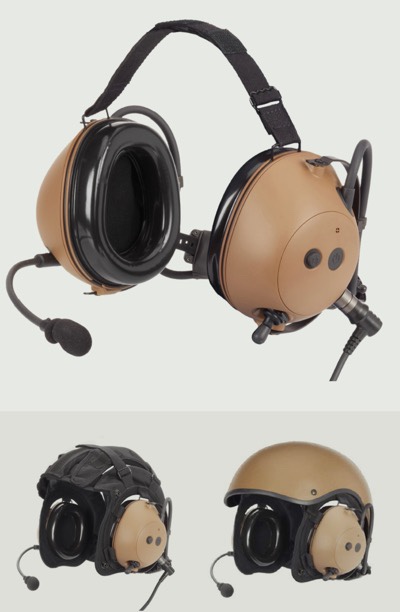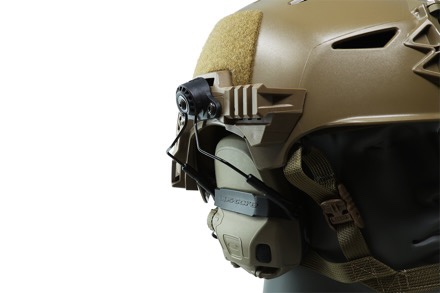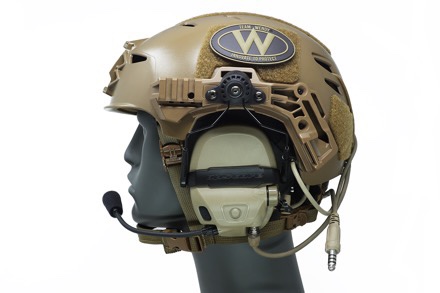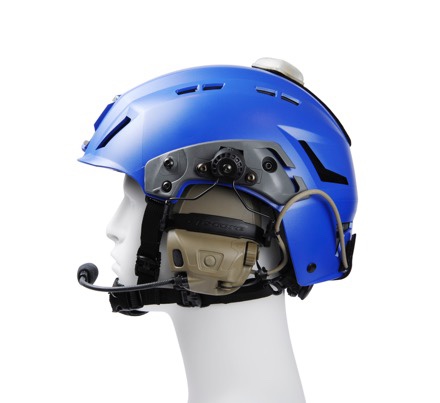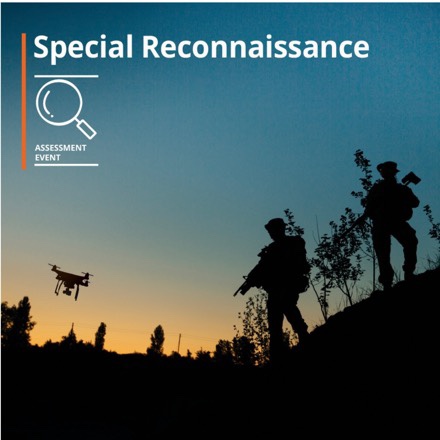
ABERDEEN PROVING GROUND, Md. — Thanks to a key software upgrade, dismounted Soldiers are receiving the most up-to-date common operational picture of fires assets across the battlefield as they submit calls for fires to artillery battalions.
Earlier this month, personnel from Product Manager Fire Support Command and Control conducted new equipment training and new equipment fielding to the 2nd Battalion, 319th Field Artillery Regiment, assigned to the 2nd Brigade Combat Team, 82nd Airborne Division at Fort Bragg, North Carolina, rolling out an upgraded version of Precision Fires-Dismounted software known as PF-D Block 2.
PF-D is a software program residing on Nett Warrior End User Devices used by forward observers and fire support teams to transmit and receive fire support messages over standard military line-of-sight, high-frequency and satellite communications radios.
“Since transitioning to a software only program, PF-D has modernized mission command for Field Artillery forward observers,” said Lt. Col. Jason Carney, Product Manager for FSC2. “The Block 2 upgrade is ensuring those warfighters have the right information at the point of need to enable mission success for fire support teams.”
This fielding upgrades the legacy PF-D Block 1 software with a newer version that aligns with the Mobile Handheld Computing Environment and incorporates updates directly based on input from Soldiers.
“The PF-D Block 2 software was developed with Soldier-centered design in mind, which is why their feedback and input is so critical to the design of a well-accepted user interface that caters to the next generation of Soldiers that grew up on smart devices,” said Maj. Jonathan Hardin, assistant product manager for PF-D.

Additional improvements over PF-D Block 1 include adopting the Android Tactical Assault Kit infrastructure to run PF-D as an ATAK plugin, enabling maneuver and fires data on a single map. Resource utilization has been reduced since NW and PF-D are operating in one application rather than separate instances, resulting in a reduced memory footprint, reduced application overhead, and faster response times to user interaction. The PF-D Block 2 system also runs on the most current NW Samsung Galaxy S20 EUD hardware, so interaction with the unit is faster and more efficient than the previous generation of hardware.
Product Manager Handheld, Manpack and Small Form Fit, assigned to Project Manager Tactical Radios, participated in a follow-on practical exercise to test capability and interoperability with newly fielded tactical radios — Two-Channel Leader Radios — and waveforms — Mobile User Objective System and TrellisWare Scalable Mobile. PdM FSC2 also collected usability and training feedback from 2nd Brigade Combat Team, 82nd Airborne Division, which will deploy to the Joint Readiness Training Center later this month and exercise PF-D Block 2 in a near-combat environment.
As part of Block 2 development, PdM FSC2 conducted developmental operations with the 3rd Infantry Brigade Combat Team, 25th Infantry Division in Hawaii last year, inviting representatives from the Army Capability Manager Fires Cell-Targeting and the Fires community at-large. DevOps and a focus on user-centered design have led to key improvements to the PF-D user interface and workflow optimization for sending free text messages between echelons.
“To meet Soldiers’ evolving battlefield needs, we include them in our development efforts early, often and throughout the entire life cycle process,” said Dr. Pam Savage-Knepshield, Human Systems Integration research psychologist for PdM FSC2, adding that the HSI team will continue to gather feedback post-fielding to incorporate lessons learned from real-world system use in operational environments.
The initial PF-D Block 2 baseline is fielding as part of Capability Set 21 and is being coordinated across various network stakeholders.
“We are working closely with PEO Soldier to identify where we can align with the Nett Warrior fielding schedule,” said Hardin. “As a software-only Program of Record, PF-D is dependent on the hardware and coordination is important to align fielding priorities.” Subsequent fielding in FY22 and FY23 are aligned to the Army’s Integrated Tactical Network fielding schedule.
Follow-on enhancements to PF-D are aligned to Capability Set 23 and will offer additional capabilities such as sharing position location information/situational awareness data with maneuver units over the new Secret-and-below TSM radio network.
PdM FSC2 also plans to retouch units previously fielded with PF-D Block 1 who do not appear on the ITN fielding schedule, including field artillery battalions of the 10th Mountain Division.
By Justin Eimers



